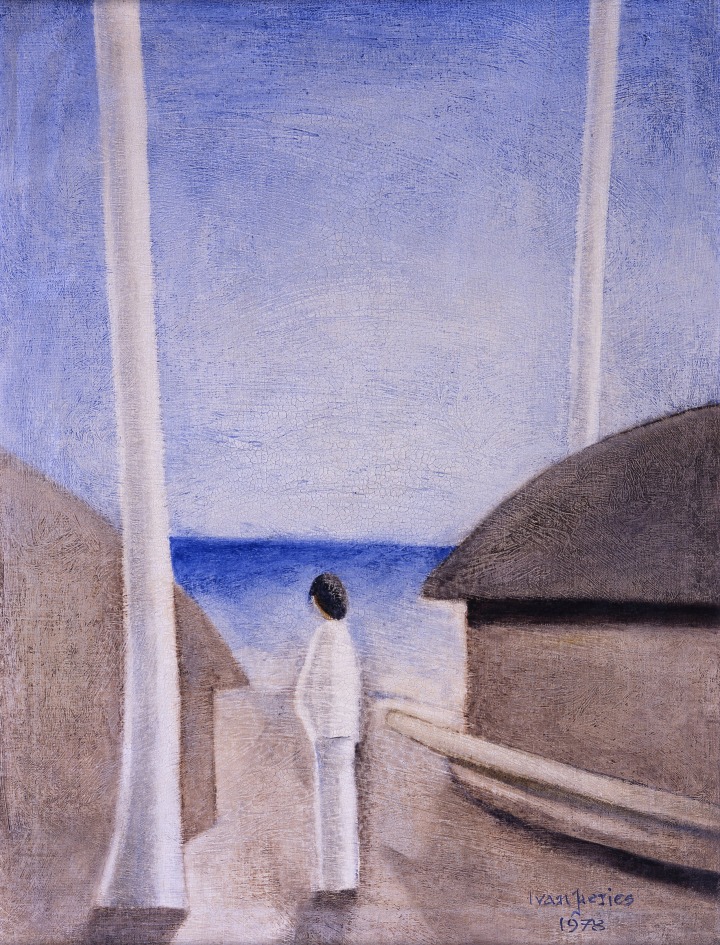The ’43 Group
The Individual Modernism in Sri Lanka
The Ceylon Society of Arts was founded in 1891 during the British control of Sri Lanka (then Ceylon), and Western academism favored by the British middle class was practiced by Sri Lankan artists such as Tudor Rajapakse (1868–1959). A group of artists pursued modern expressions against Western academism in 1943 and were thus called the ’43 Group. The patron of the group was Lionel Wendt (1900–1944), a photographer who used constructivism or the solarization effect in his work, capturing naked tropical male models from a homosexual perspective. After Wendt passed away, Harry Pieris (1904–1988) led the group. They held international exhibitions in London and Paris since 1952, which increased their domestic reputation. In addition to exhibitions by the member artists, the group organized educational events, such as photography exhibitions of traditional art or dance performances, to unify modern art and their traditional cultures.
Among the various art groups in modern Asia, the works of the ’43 Group’s artists stand out for their strong originality while drawing inspiration from European art styles, such as cubism and fauvism. The works of George Keyt (1901–1993), who combined the mural style and Picasso-like compositions in elegant line drawings with beautiful color; Richard Gabriel (1924–2016), who applied strict compositions to local subjects; and Ivan Peries (1921–1988), who depicted people in coastal villages using a magical touch, especially stand out in this regard.
[Kuroda Raiji]

Lionel Wendt "Title Unknown (Boy with Palm Leaf)" date uncertain (1934―38?) gelatin silver print

Ivan Peries "Dehiwala" 1978 oil on canvas
